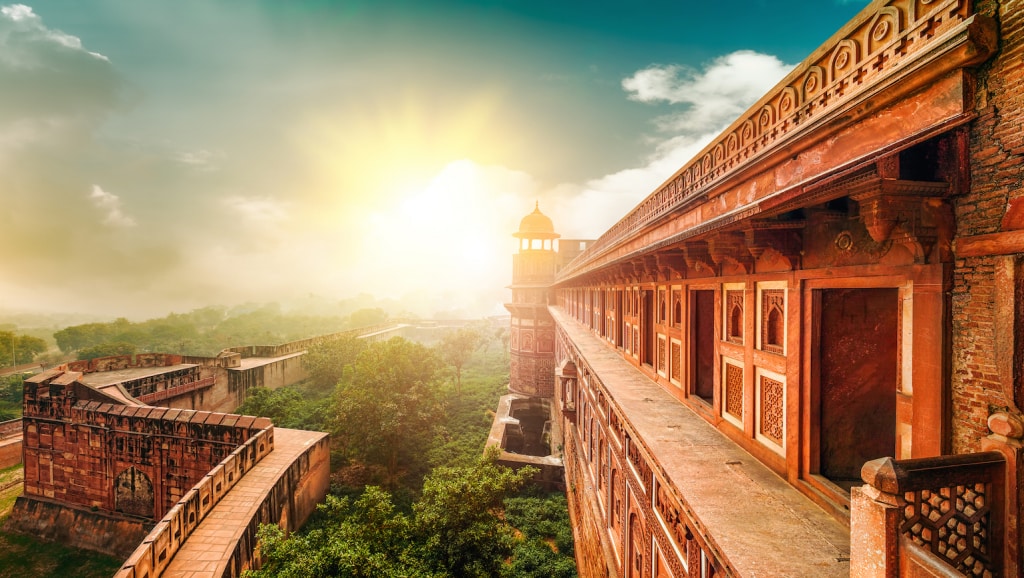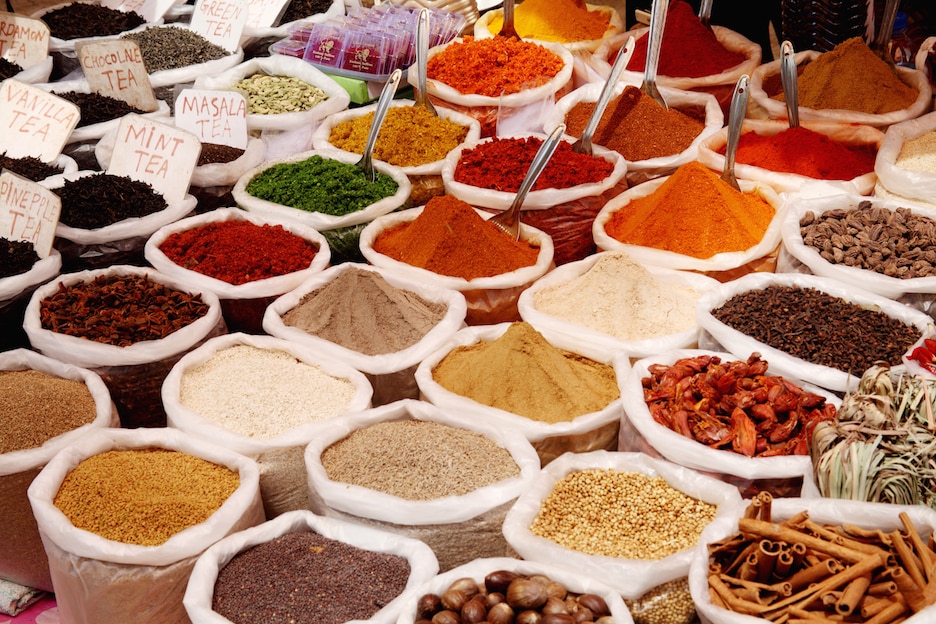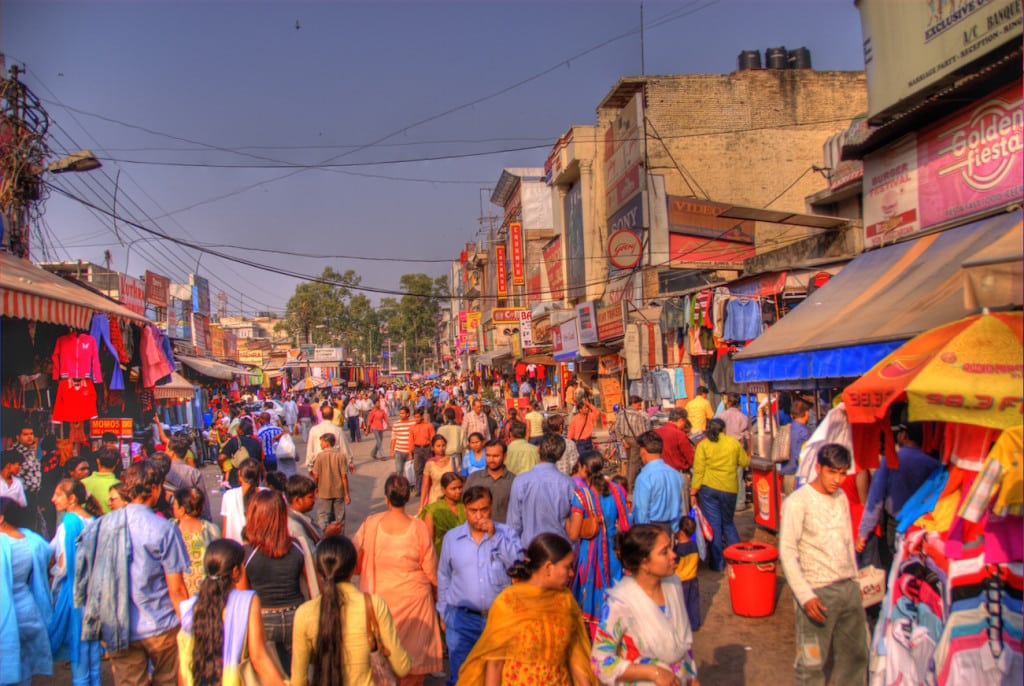India’s capital city is a treasure trove of sights and experiences, yet too often travellers treat Delhi as a short stopover en route to other parts of India. There is a lot to see and do beyond a whistlestop tour of the city’s main delights. Delve a little deeper and you will be rewarded with an insight into how this fascinating city developed and grew over centuries and over seven separate iterations.
Seven Cities
Between 1100AD and 1947, when New Delhi emerged as the newly-formed country’s capital, seven cities have existed on the same site, or close by: built, destroyed and rebuilt by successive waves of rulers and invaders. Some sources say the city’s history stretches back even farther, to around 1000BC.
Mehrauli, now a bustling outer-suburban area, was built in the 1100s and fortified as a defence against northern invaders. It’s home to the 73-metre tall tower Qutb Minar, an imposing structure built of red sandstone and which remains largely intact.
One of the best-preserved of the cities is Tughluqabad, build around 1320 and abandoned less than a decade later. It remains as a ruined fort in modern Delhi’s outer suburbs with ruins scattered over a large tract of land, a few square kilometres in size. Tughluqabad remains a fascinating place to visit.
Then there is Shahjahanabad, the traditional name of the walled Old Delhi area. Built in the 1600s, it was the capital of the former Muslim rulers of India, the Mughals, and was once filled with mansions and gardens built for members of the royal court. It’s lost its noble character but is now a fascinating place to visit – bustling and full of life.
Eat like a local
As a diplomatic city, Delhi is full of authentic restaurants boasting global cuisine – everything from Ethiopian to Korean, Lebanese to authentic gelato is available. Still, when locals eat out, there is little they enjoy more than street food. It’s now easy to sample these delights in a hygienic setting, either at popular hole-in-the-wall eateries or chains. Try Nathu Sweets, Haldirams and Bikanervala chains to sample treats like golgappas and aloo tikki, and for Bengali milk-based sweets such as mishti doi and rasmalai.
Shopping secrets
Delhi has its fair share of malls, stuffed with global brands such as Marks & Spencer, Zara and H&M, but really, why bother travelling to India if not to sample the markets? The great market for the middle-class masses is Lajpat Nagar central market (also known as main market), in the bustling, middle-ring suburb of Lajpat Nagar. It is stuffed full of shops and stalls of daily needs, from kitchenwares and soft furnishings to electronics. Of greatest interest to travellers are the many excellent fabric shops – the best of these is KC Creations, as well as the stalls stocked full of trimmings and costume jewellery. (Another tip for fabric shoppers: Nehru Place, in the south-west suburbs near the Lotus Temple)
Even if you only have a short time to visit Delhi, there is plenty of opportunity to see something off the well-beaten tourist track and get under the skin of this fascinating city.






